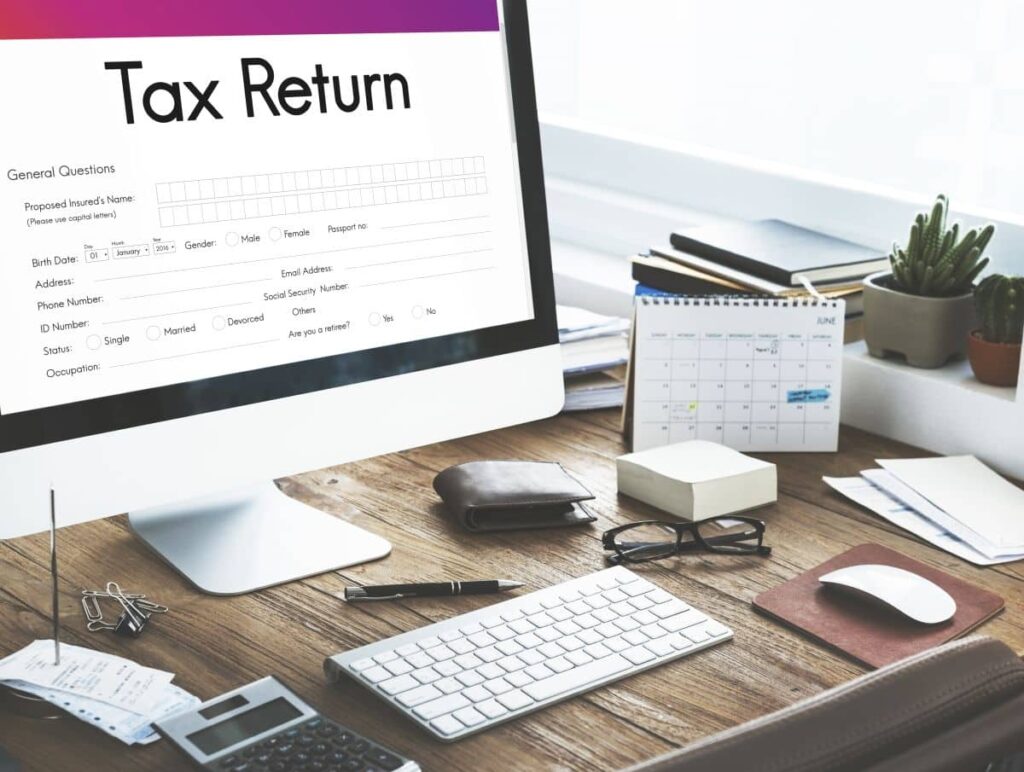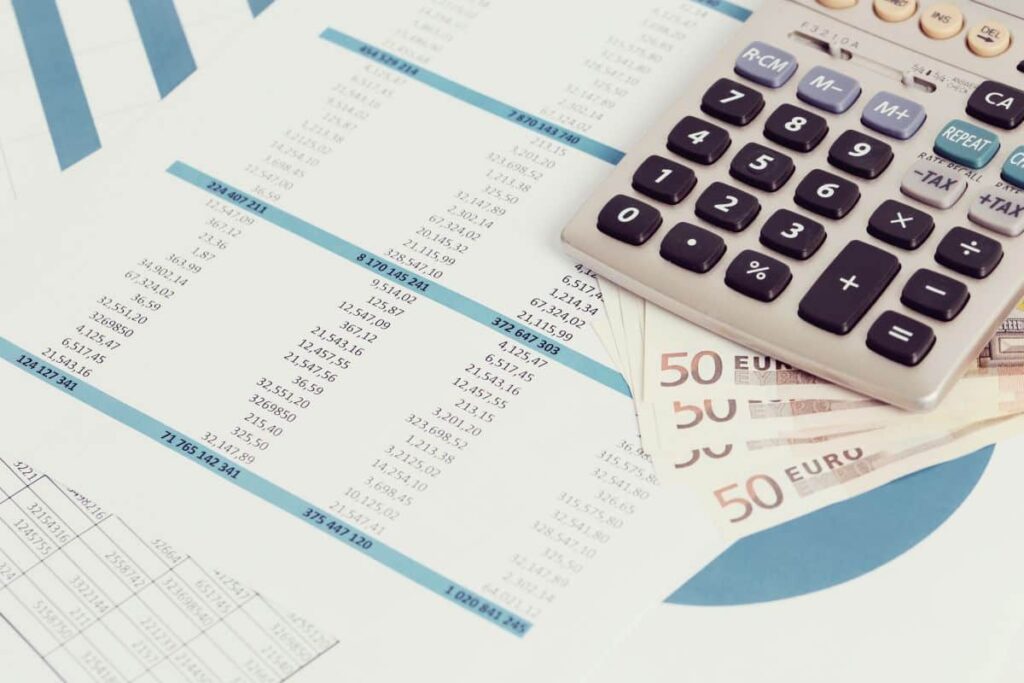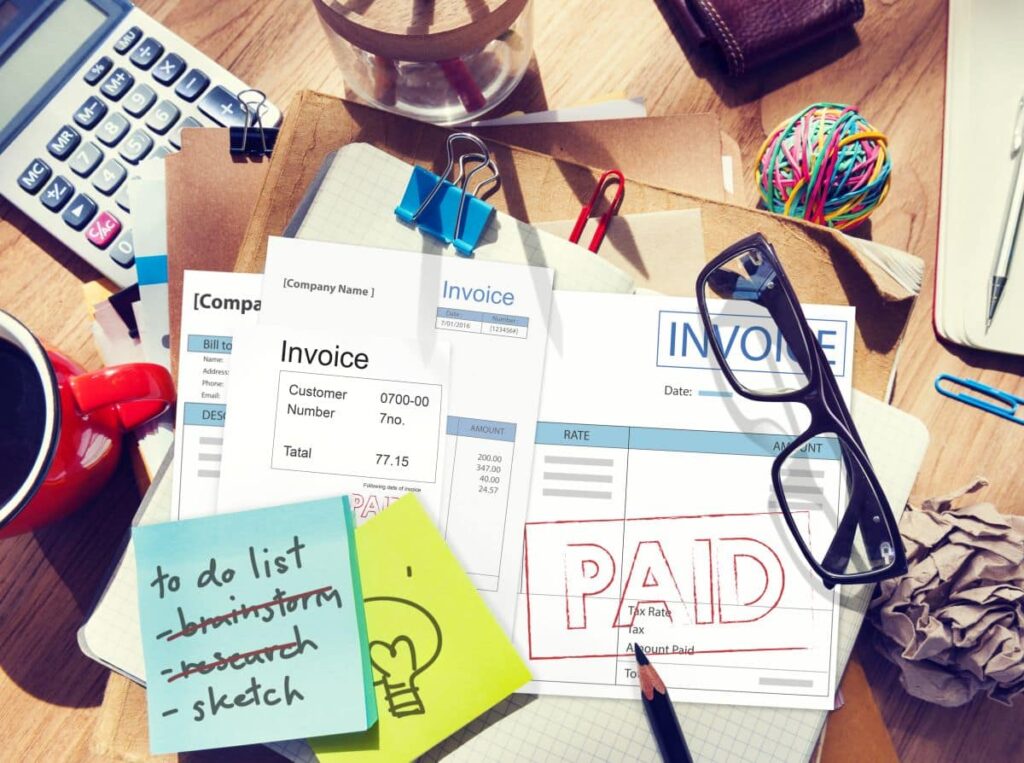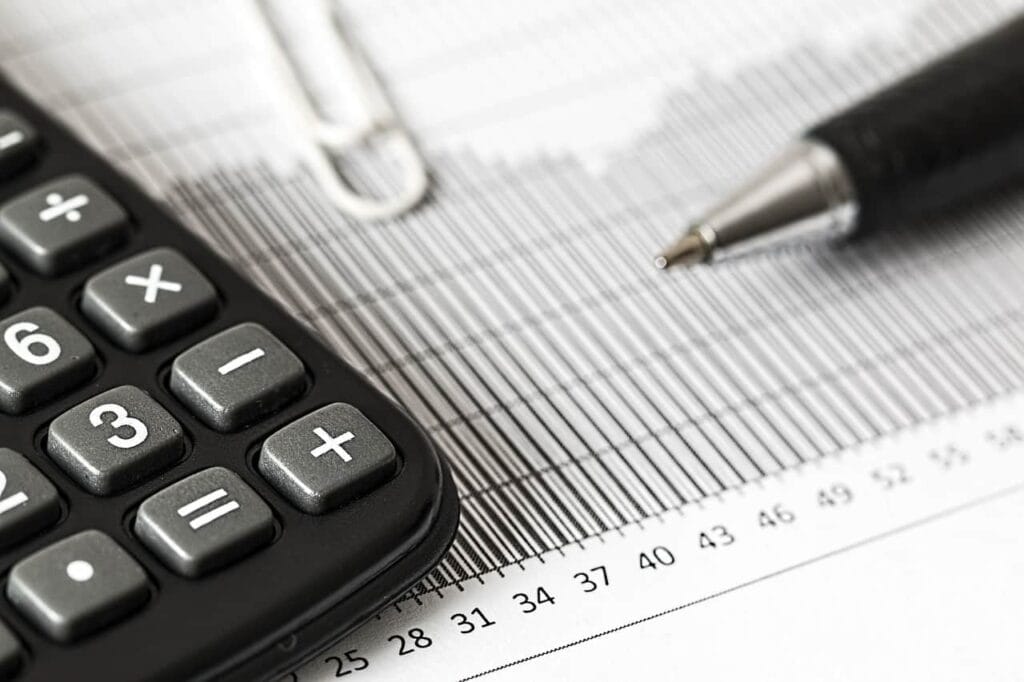Are you a small business owner in Australia? Trying to figure out the taxation process can be intimidating and difficult to keep up with. Fortunately, we have compiled a tax guide for Australian small businesses to navigate their corporate tax obligations.
This blog post will provide easy-to-follow information for entrepreneurs dealing with filing taxes and understanding the legal requirements when it comes to operating your business under the current income tax rules of Australia.
We'll discuss everything from common mistakes that new business owners make, ways you can save money come tax time and important deadlines throughout the year. Read on for some tips on how you can successfully handle all your taxation needs as an Australian entrepreneur!
Let's get started!
What Is A Small Business?
In the context of taxes, a small company is typically understood to be one that has a yearly turnover of less than $10 million, with the exception of the small company CGT concessions, in which case the turnover level is $2 million.
The law specifies that turnover requires to be determined from the 'aggregated' amounts, which essentially means the annual turnover (gross income, excluding GST) of every 'linked' or 'associated' company. This is done to prevent companies from splitting actions so they can slip below the $10 million threshold and obtain access to the numerous tax concessions.
Small Business And Tax
The fact that the government provides tax breaks to the small company sector for a variety of reasons is evidence that the government recognises the significance of the small business industry.
Tax Planning
Tax planning refers to the process of structuring one's financial arrangements in such a way as to pay the lowest possible amount in taxes.
It means creating strategic choices regarding how and when you invest, how you arrange your economic activities, and what kinds of revenue you receive.
Because efficient tax preparation has the potential to save you hundreds of dollars annually, it is in your best interest to seek the guidance of an expert.
What Is A Tax Planning Strategy?
A well-planned approach for reducing one's tax burden to the greatest extent possible is known as tax planning.
Tax planning is conducting an in-depth analysis of one's current financial status and coming to critical conclusions regarding the most effective ways to apply one's available resources.
Tax planning tactics can be applied to one's own personal finances as well as to one's own corporate affairs. In addition, individuals may profit from tax planning by lowering their taxable income and increasing the amount of deductions they are eligible for.
Tax planning is a strategy that can reduce a company's overall tax burden while simultaneously increasing its profitability.
There is a broad range of tax planning tactics available, and the particulars of your financial situation will determine the one that is most suitable for you.
You may reduce your tax liability and make the most of the resources available to you if you prepare your tax approach wisely.
Why Using Appropriate Tax Planning Can Help You Pay Less in Taxes
There are numerous various approaches that may be taken to lessen the amount of money that you owe in taxes; the one that is most effective for you will be determined by the specifics of your situation.
Nevertheless, some popular approaches to tax planning include the utilisation of tax-efficient investments, the utilisation of pension allowances, and the utilisation of company expenditure deductions.
If you make the most of these options, you may be able to drastically reduce the total amount of tax that you owe on an annual basis.
Take Advantage of These Useful Steps in Tax Planning

You may be able to spare yourself a sizeable sum of cash in the long run by devoting some of your resources to tax planning.
You may be able to lower your income tax and, as a result, your total tax liability if you make full use of specific tax planning tactics and claim all of the tax deductions available to you.
In addition, you can assist in decreasing the amount of tax liability that you owe by claiming any expenditures to which you are legitimately entitled to a deduction.
You may make a significant impact on the total amount of tax payments you have to make every year by following these straightforward and doable measures.
Temporary Full Expensing
Instead of depreciating the cost of qualified capital assets over a period of several years, companies have the option of a tax break known as "temporary full expensing" (or TFE for short), which enables them to deduct the whole cost of those assets from their profit for the year.
The proposed reforms could (with some substantial limitations) represent a significant potential to enhance your company this year, particularly for smaller enterprises. However, these opportunities come with certain restrictions.
The whole cost of any and all purchases of capital items, such as the following, can be instantly deducted by companies.
- Items such as a shop or café fit-outs, which include fixtures and fittings
- Technology, including mobile devices, desktops, point-of-sale terminals, and surveillance and alarm systems
- Tools, plant and equipment
- Office equipment
- Automobiles, including utes, delivery vans, and the majority of cars, with the exception of cars that cost more than $59,136
- Motorbikes
- Solar systems
Companies must demonstrate that their total yearly sales are less than $5 billion for them to be considered eligible. When discussing "aggregated" turnover, it is important to note that it is necessary to include the turnover of each and every parent companies, even those based overseas.
In addition, companies that have a total turnover of more than $5 billion but a total income in Australia of less than $5 billion are also eligible for the tax reduction, provided that they had already spent more than $100 million in other fiscal years. This indicates that large multinational corporations, whose annual revenue typically surpasses $5 billion, still have a chance to gain anything from this opportunity.
Because the requirement for annual turnover is so high, virtually all companies operating in Australia are eligible to participate in the programme.
TFE pertains to newly purchased depreciable assets as well as the costs of making changes to previously qualified assets (even if the existing assets were acquired before the scheme started).
Full depreciation can be claimed for used assets by small and medium-sized firms (those with an aggregated annual revenue of less than $50 million) as long as the company meets certain criteria. Used assets are not considered for companies that have a yearly revenue of at least $50 million.
The following are the primary types of assets that do not qualify for the complete write-off of their costs:
- "Expensive vehicles," which are cars with a price tag of more than $60,733
- Structures and other assets that are qualified for deductions under the capital works category
- Assets located in other countries
- Some major production assets, like fencing and water systems, that currently have an established rapid write-off programme in place.
- A company's resources that aren't being put to good use.
It is possible to write off so-called luxury cars up to the maximum of $60,733 (excluding GST), but anything costing more than that amount cannot be reduced at all. This rule, which has been in effect for a considerable length of time in relation to the depreciation of cars, has been transferred to TFE. The restriction was put in place, in essence, to discourage firms from lavishly spending taxpayer money on luxury vehicles of the highest calibre.
The restriction for expensive cars does not apply to motorcycles or other types of motor vehicles that aren't considered cars for taxation purposes. This indicates that vehicles used for business, like vans, buses, and lorries, can have their entire value written off regardless of how much they cost. It is extremely important to note (for example, for tradespeople) that certain of the bigger utility vehicles are also considered to be commercial vehicles instead of cars.
In general, the ute is not considered to be a vehicle, and the car restriction does not apply to it if it has a load capacity of more than one tonne (the dealer or manufacturer should be able to confirm this). This is a possible chance to buy the automobile and write off the entire price, as some of the larger and more expensive utes actually cost more than $60,733.
It is important to note that the last exclusion excludes TFE claims for capital assets that are utilised in a non-business function. For example, assets acquired by investment property owners or assets utilised in your profession are not eligible for TFE claims.
If you utilise the asset for both business and personal reasons, you are required to reduce any TFE deductions you claim proportionately. For instance, if you buy a new pc for $2,500 and utilise it equally split between your personal and professional lives, the maximum amount of the acquisition that you may deduct from your taxes is $1,250.
Reduce The Tax Your Business Pays In 2023
1. Pre-pay your expenses
While you are still in the current fiscal year, you should begin paying for a portion of the costs you will incur in the following fiscal year in advance. This may include things like your mortgage or rent, car payments, and membership dues to any professional organisations you belong to. The current tax year allows for the deduction of up to 12 months' worth of costs from the next year.
2. Reap the benefits of the quick write-off of up to $150,000 worth of assets
Because of this, you are allowed to make an instant deduction against the tax owed on your business income for any new or used assets that you invest in for your company.
3. Examine your billing
You should review the invoices you send out for the existing tax year and see if any of them may be pushed back to the subsequent year.
4. Invest in your super
Increase the amount you're contributing to your voluntary superannuation plan. Remember that your superannuation account's deductible contributions can total up to $25,000 per year.
5. Examine your debtors
Conduct an audit of your debtors and write off any debts that cannot be recovered. Irrespective of the year in which you initially charged your clients for these services, the income you report for that year will reflect the write-off of these debts.
6. Do you have the appropriate investment arrangements in place?
Conduct an audit of your company's structure, as well as your personal assets and the locations of your investments. Certain structures have the ability to benefit from tax rates that are either lowered or capped.
For instance, the maximum tax rate that may be applied to a corporate structure is 27.5 per cent, which can make a substantial impact if your investments produce a significant amount of money.
7. Create and record any resolutions pertaining to trust
The trustees of discretionary trusts have until June 30 of each year to formulate and record their resolutions regarding the manner in which the income from the trust is dispersed to the recipients of the trust.
Any default recipients will become eligible for the trust's income and will be subject to taxation on that income if a legal resolution is not completed by this date. In addition, the trust will be liable for the highest marginal tax rate on any revenue generated by the trust but not dispersed by the trust. This applies to any and all income generated by the trust.
8. Benefit from Venture Capital Firms That Invest Early
You are capable of taking advantage of many attractive concessions if you make an investment in an Early Stage Investment Company (ESIC). For example, if you start a new business under the ESIC concessions, you are eligible to receive a tax credit equal to 20% of the sum you invested.
Investing in an ESIC also exempts investors from paying tax on capital gains for a period of ten years. You won't have to pay extra tax when selling the investment after having held it for fewer than ten years.
9. Join an Early Stage Venture Capital Limited Partnership
This organisation is comparable to that of an ESIC, but it allows for the participation of a greater number of investors. In addition, you are eligible to receive a tax break of up to 10% on the total value of any investments made if you choose to make this kind of investment.
10. Reap the benefits of homes with negative gearing if you have any investments
You are eligible to take a tax deduction for the difference between the amount of money you earn from your investment property and the amount of money it costs you to maintain and keep it as an investment. Be mindful, though, that for this method to be successful, the underlying asset's worth must be rising while it is being implemented.
11. Investigate options for protecting your income
Not only does purchasing income protection give you the peace of mind that comes with knowing that your loved ones will be provided for in the event that something unfortunate happens to you, but it also entitles you to a tax benefit.
12. Make the most of the decline in value
You should go over your depreciation schedule and write off totally any things that are no longer in use.
13. Delay deriving assessable income
Consider postponing the collection of some of your taxable income until after June 30 if doing so makes sense in the circumstances and won't have a negative impact on your liquidity. In most cases, a person is regarded to have earned revenue when:
- The payment was obtained and is being processed.
- It has been made available that there are things.
- The services have already been carried out.
On the other hand, this only applies to you if your GST registration is based on cash transactions. Please go to tip number three if you are registered under the accruals heading.
14. Complete a stocktake
Perform an evaluation of the value of your stock and write off any of it that is broken or no longer useful. Then, carry out a stocktake, and keep in mind that the worth of the stock can be determined by whichever number is lower: its cost or its net realisable value.
15. Are you making the most of any available tax rebates?
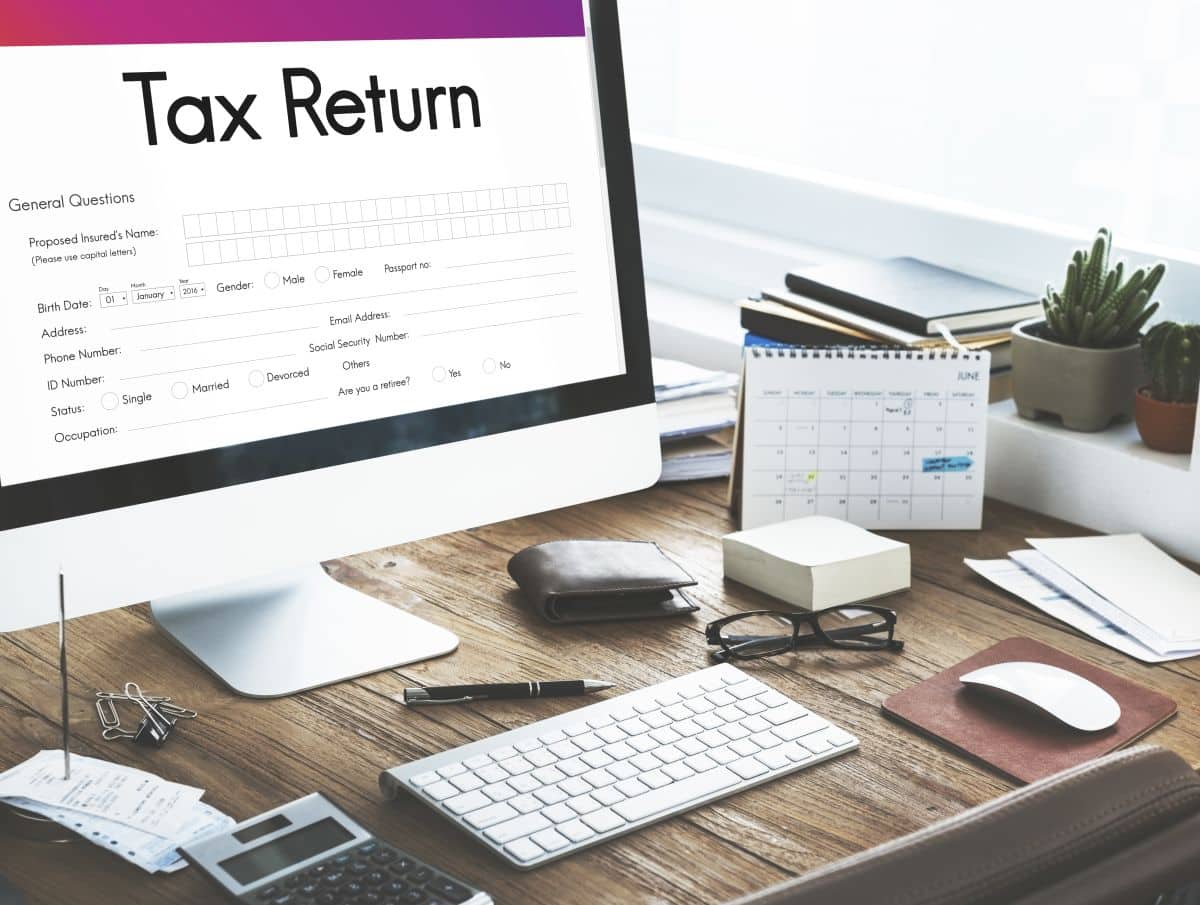
It is imperative that you make use of any and all appropriate tax rebates that are at your disposal. Depending on your situation, you could qualify for a variety of rebates, such as those for education fees, spouse super contributions, and medical costs.
16. Keep your vehicle's logbook(s) up to date
Keeping your logbooks up to date ensures that you are claiming the most accurate amounts possible for your expenditures related to your motor vehicle.
17. Be aware of the things that are on the ATO's watchlist
When it is time to file taxes in Australia, the Australian Taxation Office (ATO) loves to inform taxpayers about the items it is watching closely for the upcoming year. Therefore, it is in your best interest to be informed of what is on their target list. Typical examples include fees associated with a home office, a motor vehicle, or educational endeavours.
18. Maintain meticulous recordkeeping
If you keep better records for your taxes, you'll be able to substantiate more deductions, which will result in a lower overall tax bill. Keeping detailed records also guarantees that you will be able to provide accurate responses to the ATO in the event that they have questions regarding your tax returns.
19. Start preparing your company's exit right away
It is critical that you initiate planning immediately for a potential exit strategy for your company if you are considering selling it in the near or far future.
If you plan ahead on how to acquire access to capital gains tax reductions for smaller companies, you may be able to save tens of thousands of dollars or even hundreds of thousands of dollars in taxes when it comes time to sell your company. Consequently, there is no better moment than the present to initiate the planning process.
20. Prepare your taxes in conjunction with your accountant using a strategic approach
Excellent accountants look at both short- and long-term tax planning strategies. Short-term tax planning focuses on the current year. The goal of short-term planning is to minimise the amount of money you pay in taxes for the current fiscal year by taking action before June 30.
Long-term tax planning involves considering both the kinds of investments that can be made and the ways in which you can organise your company to pay the least amount of tax possible over the course of the company's lifetime.
Frequently Asked Questions
- Keep adequate records. ...
- Separate business from personal expenses. ...
- Understand the difference between net and gross income. ...
- Correctly classify your business. ...
- Manage payroll. ...
- Seek your accountant's advice on your business plan. ...
- Take advantage of capitalization rules.
- Take advantage of the instant asset write-off. ...
- Prepay your 2020-21 expenses. ...
- Make voluntary super contributions. ...
- Defer income. ...
- Review your debtors. ...
- Write off damaged or obsolete stock. ..
- Use the right business structure.
- Claim all tax deductions.
- Write off bad debts.
- Distribute income to family members.
- Increase super contributions.
- Delay income collection.
- Pay all employee super by the deadline.
- Account for asset depreciation.
| Taxable income | Tax payable on this income |
|---|---|
| 0-$18,200 | Nil |
| $18,201 – $45,000 | 19 cents for each $1 over $18,200 |
| $45,001 – $120,000 | $5,092 plus 32.5 cents for each $1 over $45,000 |
| $120,001 – $180,000 | $29,467 plus 37 cents for each $1 over $120,000 |


